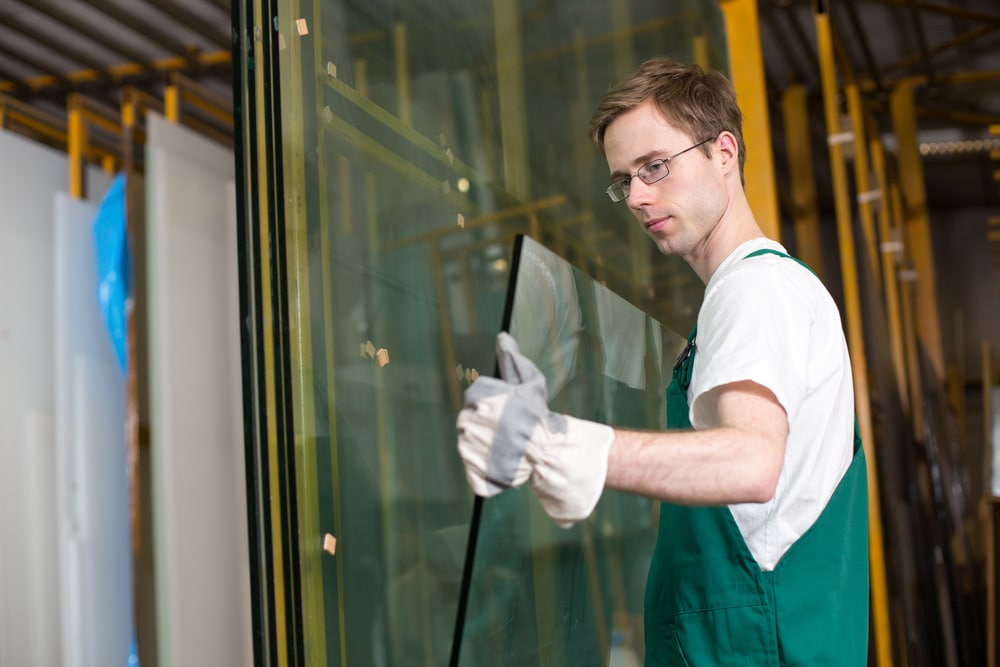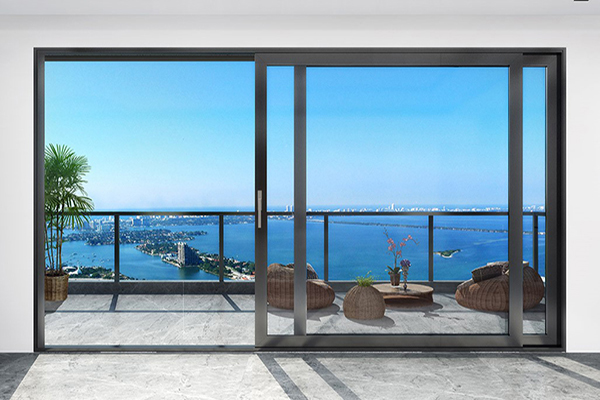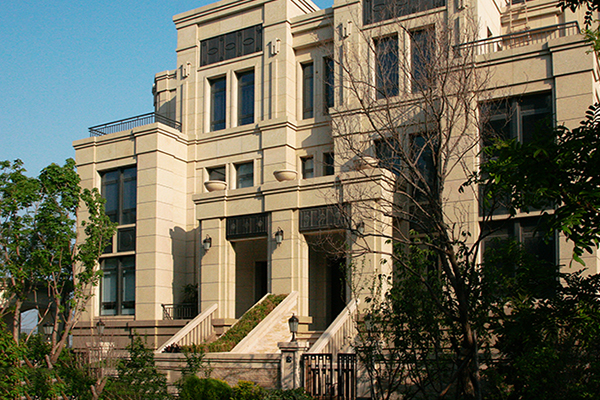Direct effect of glass thickness on K-value
- Generally speaking, increasing the thickness of the glass helps to reduce the K-value of aluminium doors and windows with broken bridges. Thicker glass has a relatively large thermal resistance, and heat will meet greater resistance when it is conducted inside the glass.
Synergistic effect with the number of glass layers
- When the number of glass layers is increased and the thickness is reasonably matched, the reduction in K-value is more significant. For example, changing from double glass to triple glass and increasing the glass thickness reasonably, such as using 5mm + 9mm + 5mm triple insulating glass combination, compared to double-glazed aluminium doors and windows with broken bridges, it will greatly increase the number of air layers and the total thickness of the glass, forming more thermal resistance interface. The existence of the air layer makes the heat transfer mainly rely on convection and radiation, while the increase in the thickness of the glass attenuates the conduction heat transfer, the two synergistic effect makes the K-value significantly lower, and improves the thermal insulation performance of the doors and windows.
The correlation between the glass thickness and gas filling

- The middle of the glass in the broken bridge aluminium windows and doors is usually filled with gas, such as argon gas. The increase of glass thickness can better match the gas filling to reduce the K value. When the glass thickness is sufficient, it can provide a more effective ‘package’ for the filling gas, so that the filling gas can play a better role in preventing heat transfer, thus reducing the K value of the aluminium windows and doors.










